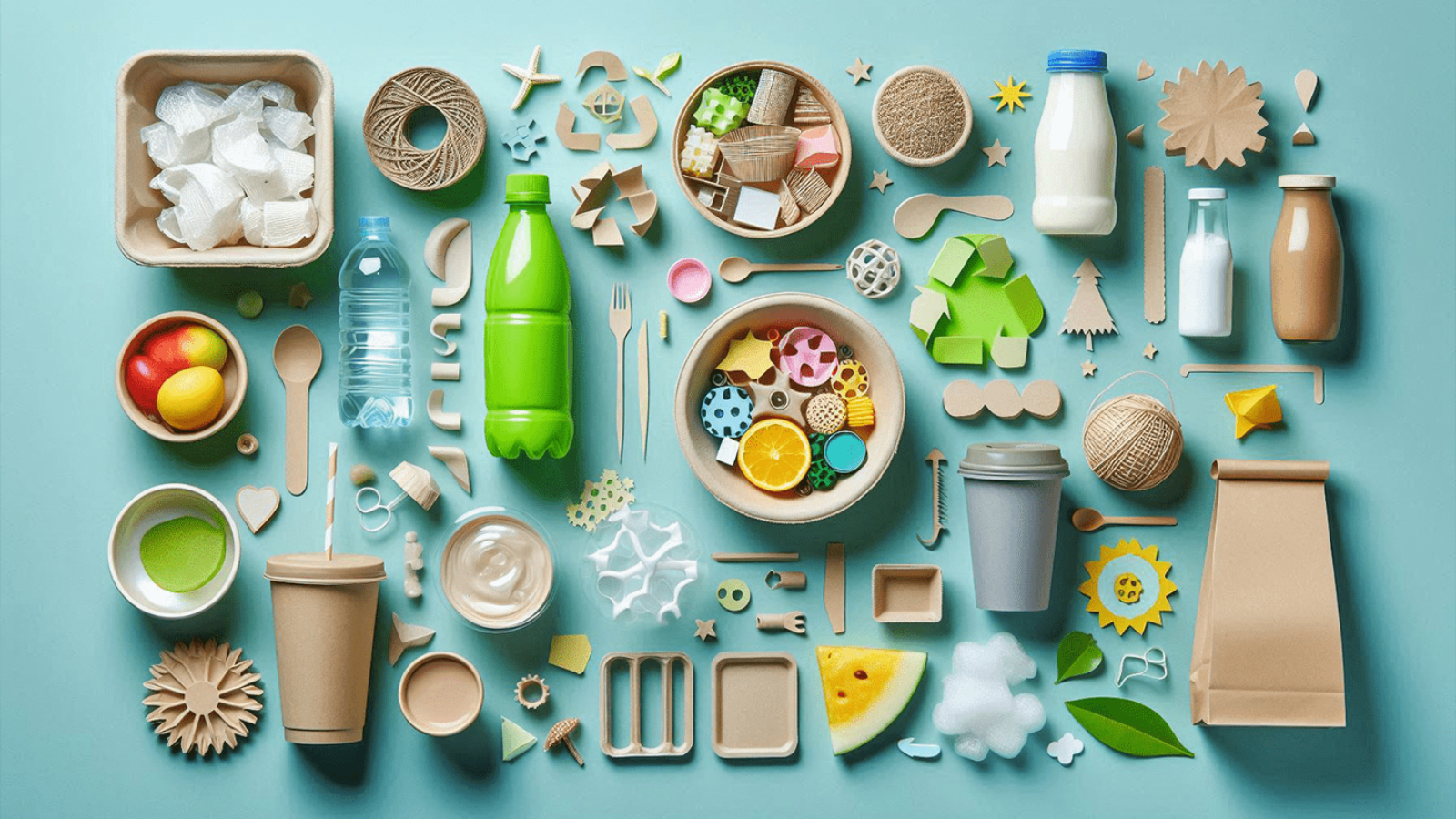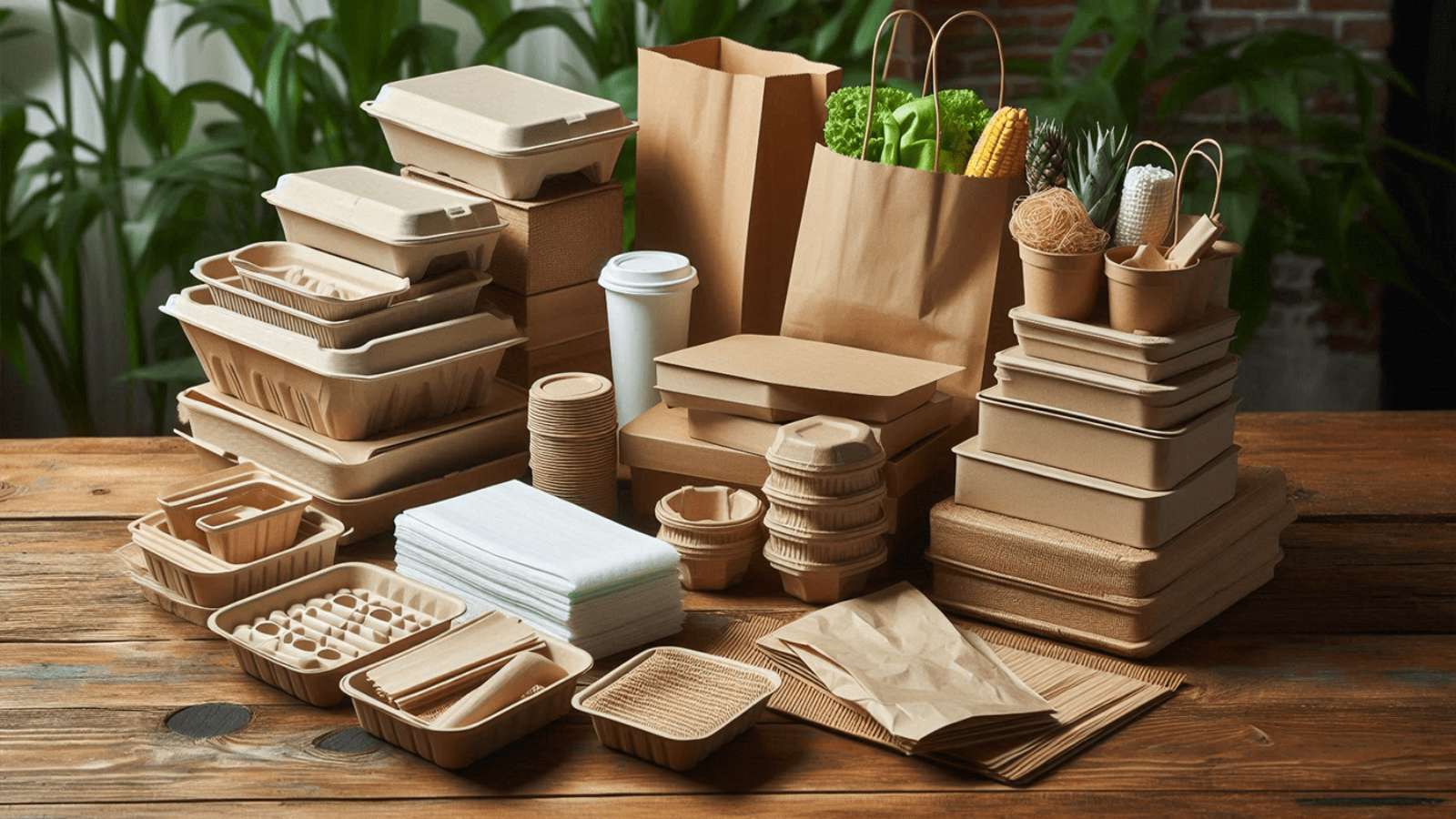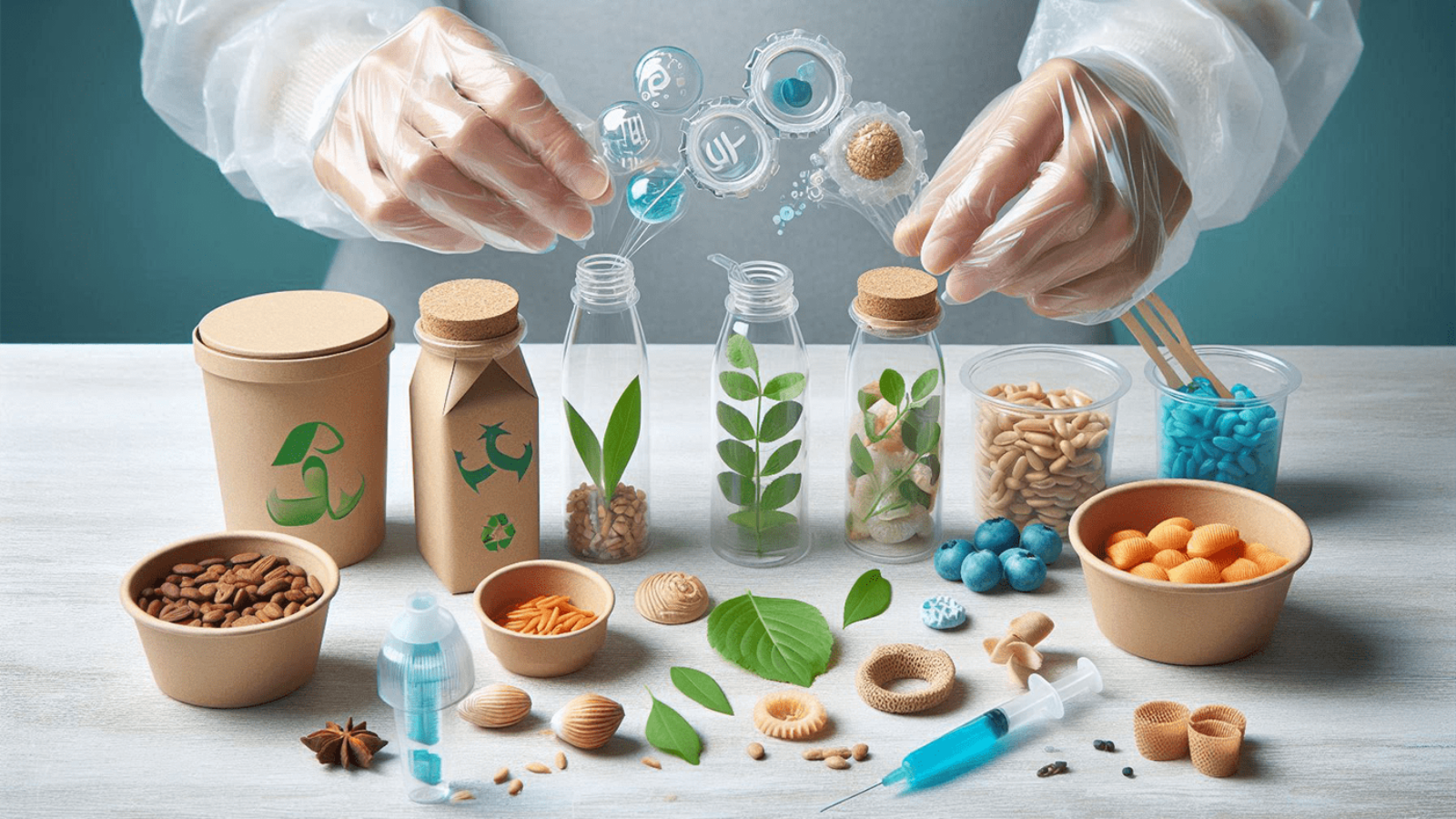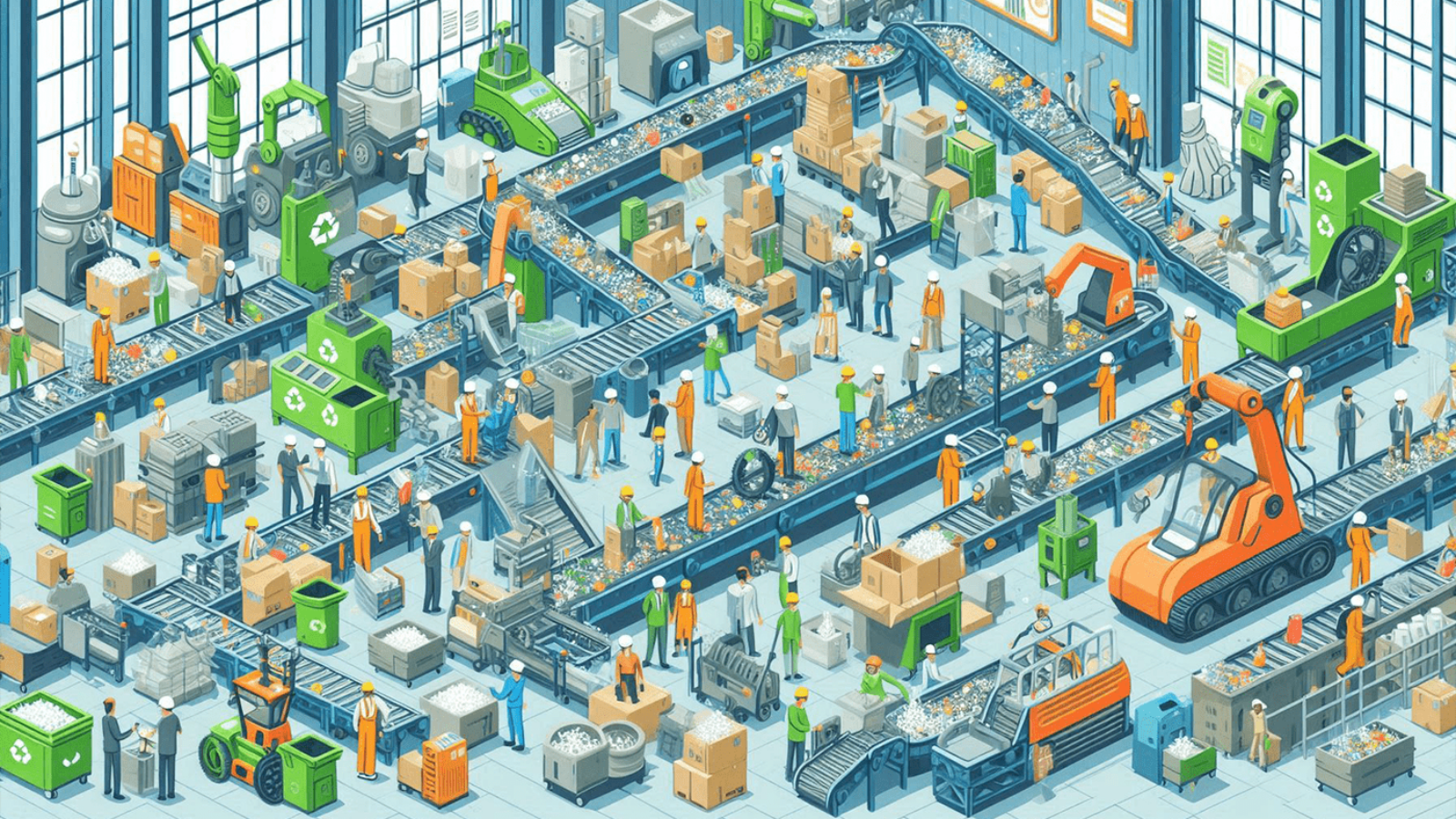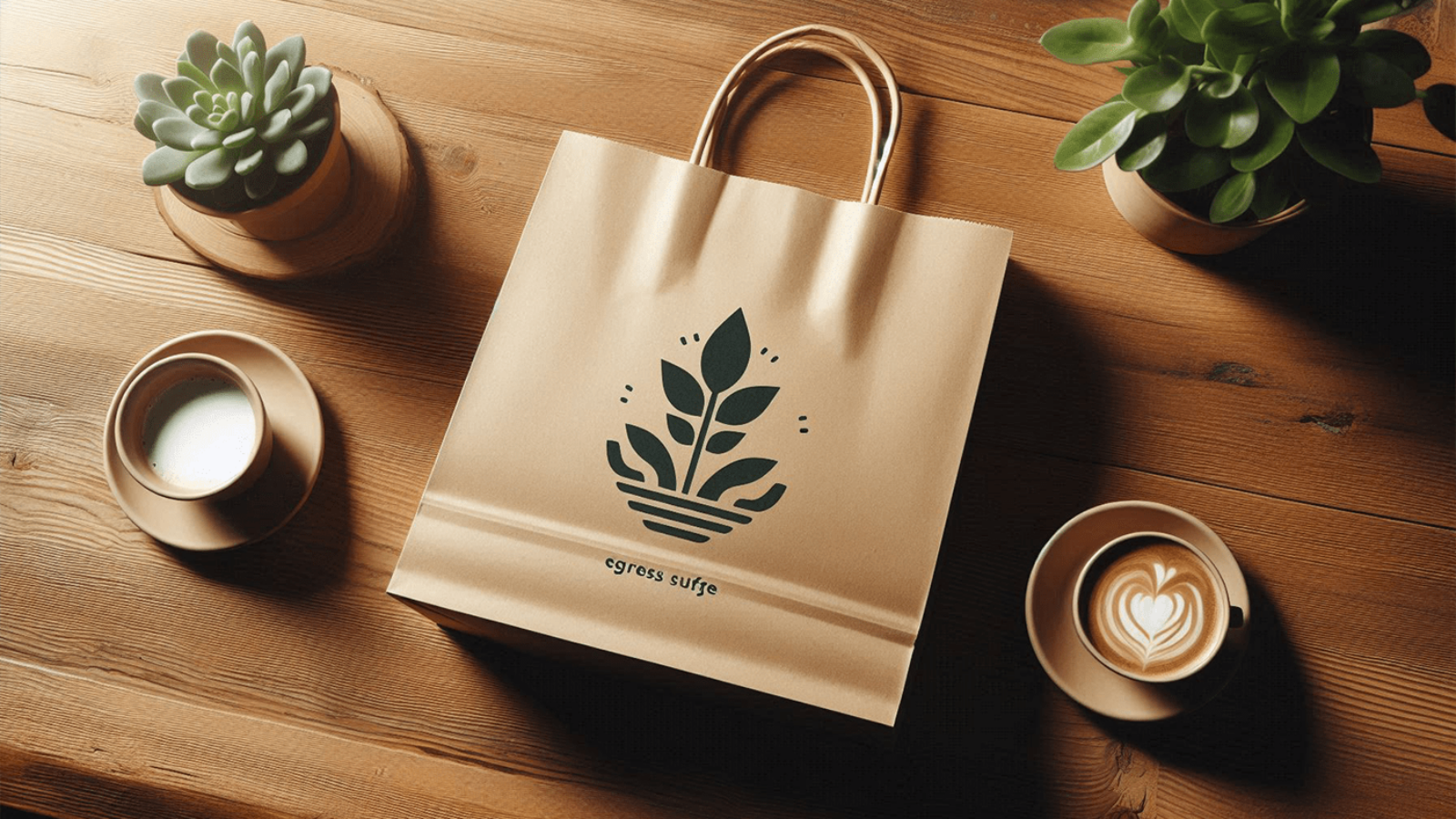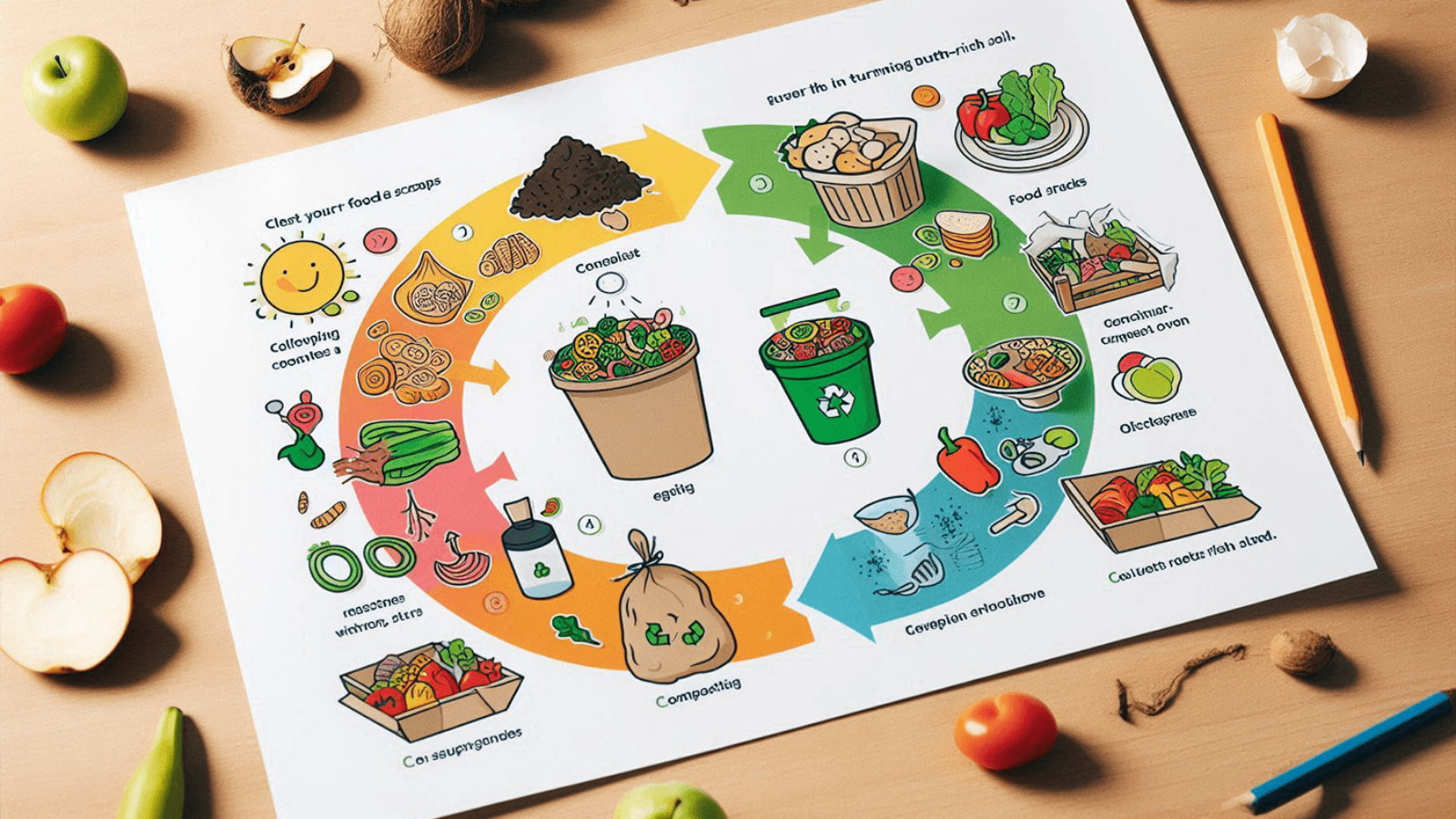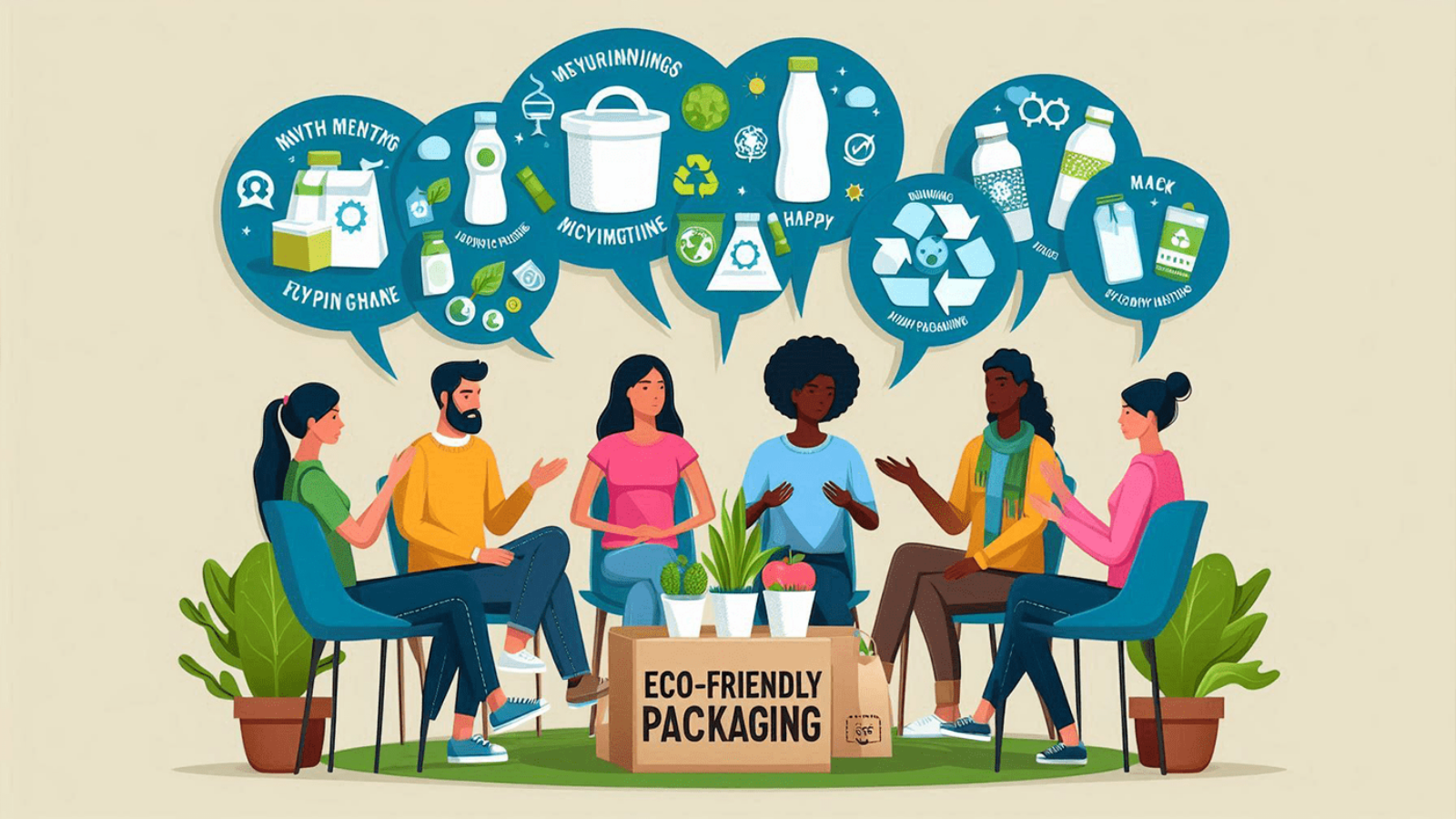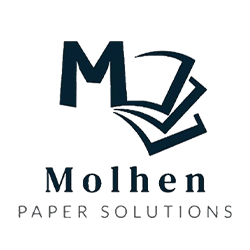Paper bags are ubiquitous, but few people understand the process behind their production, especially when it’s done sustainably. At Molhen Paper Solutions, we prioritize an eco-friendly approach in every stage of production—from responsibly sourcing raw materials to ensuring minimal waste and choosing compostable materials. This end-to-end commitment to sustainability creates a paper bag that not only serves practical purposes but also aligns with environmental values.
Step 1: Sustainable Sourcing of Raw Materials
The journey of a paper bag starts with raw materials, usually wood, which we source from sustainably managed forests. These forests follow strict guidelines for responsible forestry, often certified by organizations such as the Forest Stewardship Council (FSC). Sustainable forest management ensures that for every tree harvested, new trees are planted, and biodiversity is protected. By sourcing materials responsibly, we can reduce deforestation, support natural habitats, and provide a renewable source of paper for our products.
Step 2: The Pulping Process and Resource Efficiency
Once the wood is harvested, it undergoes the pulping process, where wood fibers are separated to create a pulp. At Molhen Paper Solutions, we focus on minimizing waste throughout this phase. Any byproducts generated during pulping, such as lignin, are either reused or repurposed, aligning with our goal of zero-waste production. We also strive to use renewable energy sources, like solar and wind power, in our production facilities, reducing our carbon footprint and supporting green energy initiatives.
Step 3: Crafting and Customizing the Bag
After the pulp is processed and transformed into paper, the next step is crafting the paper bag. This is where our team ensures that each bag meets high standards for durability and usability. Our designs are tailored to a variety of needs, whether it’s a sturdy grocery bag or a branded shopping bag. We use eco-friendly inks and dyes that are free from toxic chemicals, ensuring that the bags remain safe for consumers and the environment alike.
Step 4: End-of-Life: Biodegradability and Recyclability
One of the key advantages of paper bags is that they are both biodegradable and recyclable. After use, they can either be composted, where they break down into organic matter, or recycled, creating new products and minimizing waste. Compared to plastic bags, which can persist in the environment for hundreds of years, paper bags offer a sustainable alternative that aligns with eco-friendly practices.
At Molhen Paper Solutions, our end-to-end sustainable process ensures that our paper bags are not only practical but also a step towards a more sustainable future.

 Cart is empty
Cart is empty 
